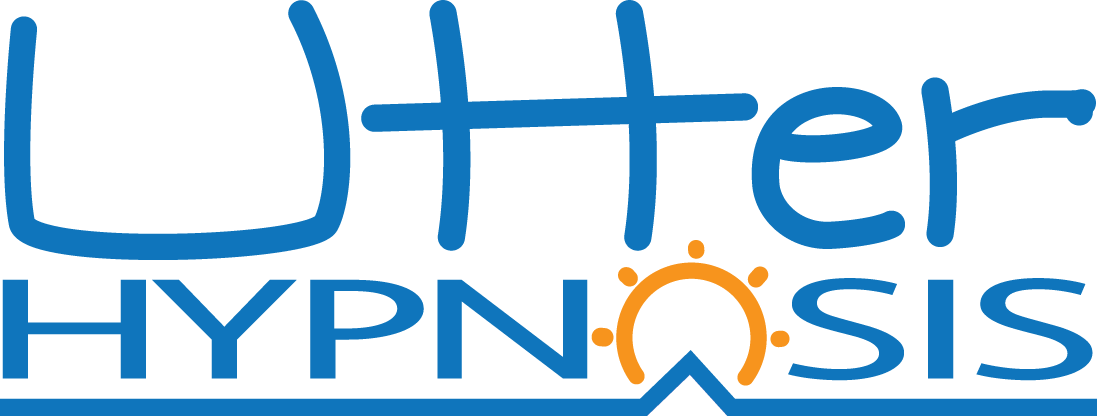The GROW Process

The GROW process is a useful tool for defining goals, finding the best way to accomplish the goal, and then making commitments that you’ll actually keep. The GROW process has four steps:
- Goal. Define the goal.
- Reality. Define any barriers and resources that exist.
- Options. Brainstorm about how you might reach the goal.
- Way forward. Commit to your next step toward the goal.
Hypnosis is excellent at removing past barriers and helping you envision new futures. The GROW process is complementary to hypnosis. GROW can help you define more precisely what your goals are, what steps you’ll take to reach them, and what you want to do make them happen.
Step 1. Define a goal.
Here are some questions that can help define your goal.
- What is the most helpful thing you could accomplish?
- If a miracle happened, what would be different?
- How will you know when you have reached the goal?
- Imagine you’ve completed the project successfully. What have you accomplished?
Ultimately, you want a goal that is SMART:
- Specific. How will you know when it’s done?
- Meaningful. Why does this matter?
- Actionable. What are the steps?
- Right-sized. Is it doable or too big ?
- Time-bound. When are you going to do it?
For starters, make the goal specific, meaningful, and right-sized. You can worry about the time and specific steps later in the GROW process.
Step 2. What’s your Reality?
This step is all about getting a handle on what might help or hinder the goal. The following are questions meant to help you sort this out. Use the questions as cues. Consider each question, but if one doesn’t apply skip it and move on.
ACTIONS
- What are you currently doing to meet your goal?
- What are you not doing, that you think might be helpful?
RESOURCES
- Who do you know that might help you reach your goal?
- What do you have in your possession that might help you reach your goal?
- What kinds of resources might be helpful in meeting your goal?
BARRIERS
What’s in the way of meeting your goal?
- What are you doing that’s preventing you from reaching your goal?
- What information is lacking?
- What can’t you find out that might help you reach your goal?
Checking self-sabotage
- What is frightening about reaching your goal?
- Would meeting your goal make other things worse?
- Who wouldn’t like it if you met your goal – why?
- Is meeting your goal coherent with other important values you hold?
VIEWPOINTS
- What is clear about the situation?
- What is unclear about the situation?
- How might others see the situation?
- What assumptions do you have about meeting your goal?
STRENGTHS
- Which of your skills or strengths might help you meet your goal?
- What do you know already that might help you reach your goal?
- What is meaningful for you about reaching your goal?
- What is energizing for you about reaching your goal?
- What do you already do well, that you could utilize to meet your goal?
Step 3. What are some options?
At this point, you’re not making commitments but rather exploring potential avenues. The following questions might help you explore. As in the last step, consider each question but if it’s not relevant skip it.
ACTIONS
- In what ways has your situation been handled successfully before?
- What might be the most helpful action to take right now?
RESOURCES
- Who might be the most helpful allies in reaching your goal?
- What current resources & tools would be most helpful?
BARRIERS
- How might you address the barriers you’ve identified?
- How might you find out the information you are currently lacking?
Handling self-sabotage
- If you are frightened about what would happen if you meet your goal, what are some ways you could work with your fears? (i.e. practice, more coaching, goal adjustment, etc)
- How can you achieve this goal while keeping the other parts of your life functioning well?
- If you’re worried about how your goal might affect others, is there a way to check that out with them?
- Do you need to change your goal in order to make it more coherent with other important values you hold?
VIEWPOINTS
- What would the smartest person you know do in your situation?
- How might other people you know go about reaching your goal?
- Pretend for a moment, that you’ve reached your goal successfully. How did you do it?
STRENGTHS
- How might you use your skills or strengths to meet your goal?
- How might you use your existing knowledge to reach your goal?
- What would be a really energizing way to meet your goal?
- What would be a meaningful way to reach your goal?
- What would be an effective way to meet your goal?
Step 4. Finding the Way Forward
When you completed the first step, you had a goal that was specific, meaningful, and that felt right-sized. Now it’s time to make sure the goal is actionable and time-bound.
- What actions can you commit to?
- Which of the available options are you going to act on?
- When are you going to take these steps?
- On a scale of 1-10 how certain are you that you are able to do this plan? Follow this with “What would make it a 10? Sometimes this question brings new insights on the goal.
Ideally, when you finish this last step, you’re ready to go. You know what you need to do, how and when to do it, and you feel genuinely compelled to make it happen.
Notes
Although the GROW Process is spelled out in a linear way you might end up bouncing around a bit. For example:
- Some people have new insights on the goal when they reach later steps, and then the process starts over (new goal, new reality, new options, etc).
- It sometimes happens that once the goal is defined people suddenly understand exactly what they need to do to make it happen. Great.
- You might learn that you need to accomplish other goals before your initial goal is reached.
- You might end up with a different goal altogether.
Any of the above is okay.
